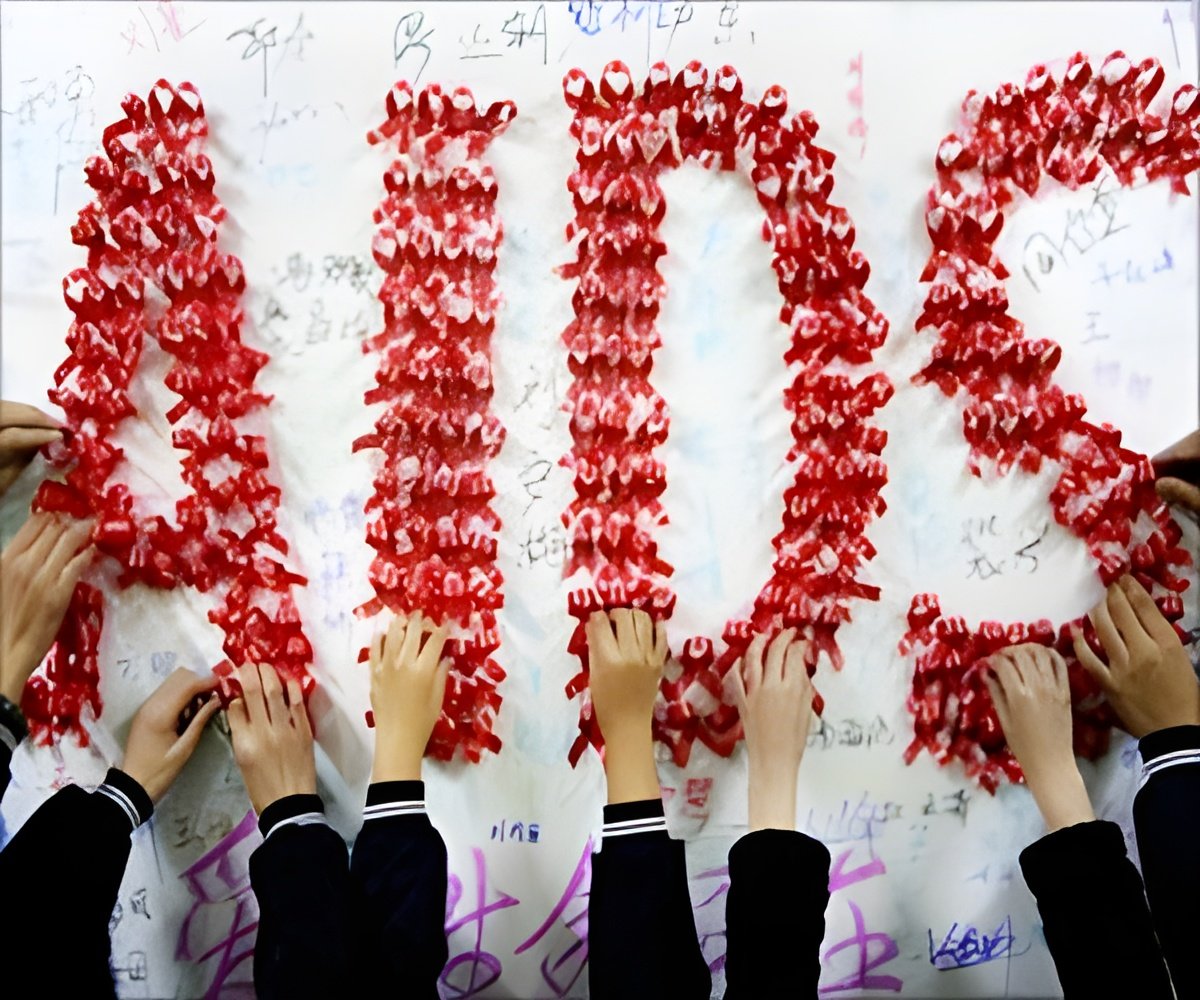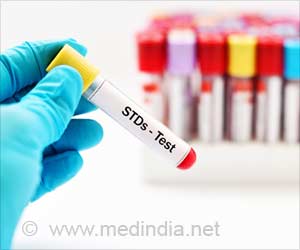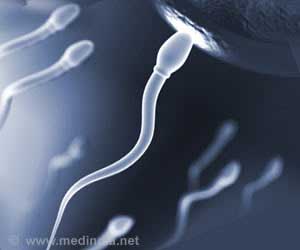Recently held conference focused on issues related to mode, mechanism and management of STIs including HPV, HSV, syphilis, gonorrhoea, chancroid, trichomoniasis and HIV.

STIs are the oldest health problem on planet earth. Globally, STIs and their complications rank in the top five disease categories for which adults and adolescent seek health care. Worldwide 1 million persons acquire some STI every day. The economic burden of STIs in US alone in 2010 was $17 billion. Moreover, STI prevention is also the key to HIV prevention, as STI enhances risk of acquiring HIV by 8-10 times. Treatment of STI reduces HIV infection transmission by 42%.
The pattern of STIs in different parts of the world, including India, has shown a change. Bacterial infections like chancroid, gonorrhoea and syphilis are on the decline but viral infections like HSV and HPV are increasingly difficult to control and are on the rise. Transmission of viral STI may occur while the infected partner is asymptotic. Curable bacterial STIs have now been taken over by incurable viral ones. Viral STIs are persistent, recurrent, and difficult to diagnose and treat, and have a high morbidity and mortality load.
STI control programme was the first public health programme started in India way back in 1946. But even today an estimated 30 million STIs and Reproductive Tract Infections (RTIs) episodes occur annually in the country based on a prevalence of 6% of reproductively active population. Out of these 14 million seek treatment from the government sector and 16 million from the private sector. STI rates in urban and rural areas are almost similar.
Dr Atmaram H Bandivdekar, a Senior Scientist at the National Institute for Research in Reproductive Health (NIRRH), ICMR, and Organizing Secretary of this Conference, lamented that STIs, including HIV, affect not only adults but adolescents and children also. While speaking to CNS, Dr Bandivdekar stressed upon the importance of basic clinical research and hoped that presentations made at the conference would be helpful in revising and redesigning the strategy for prevention and control of STIs in the country. He said that it is important to create more awareness about STIs in the general public. At the same time, the government and other agencies must ensure that whatever meaningful research scientists do in the labs, its fruits reach the public and the public should be in a position to receive them.
Dr Bandivdekar said that STIs, including HIV, can be transmitted through the paternal route and not just from mother to child. He told that, “One route of STI transmission could be from father to child also. We came across one such case at JJ Hospital, Mumbai where the viral sequence of an infant born with HIV matched that of his father, while mother was HIV negative at the time of delivery. This could be through the spermatozoa—the sperm which carries the HIV virus. But there is need for further testing for this and we have to probe further.”
Advertisement
“Another obstacle in proper management of STIs is the absence of health seeking behaviour in the general public, especially women. They seek treatment only when they have a major problem which hampers their daily routine. This carelessness prevents them from taking timely preventive steps. Prevention is better than cure. For example Pap smear test will diagnose not only STIs and RTIs but also help in indicating cervical cancer. If detected in early stages cervical cancer can be cured. But most women with cervical cancer see a doctor very late when it has already reached the incurable stage, and there is no chance of saving their life. We have to cultivate health seeking behaviour in women by encouraging them through their husbands. Husbands also need to be screened and treated; else women may get re infected. Community based screening for STIs will require a lot of sustained efforts and the government will have to involve the general practitioners in this task as well.”
Advertisement
“Women’s groups should advocate more for barrier methods like the female condom (FC), which, unlike hormonal contraceptives, are devoid of side effects. Unfortunately, FC is not in our government programme, is too expensive and there is total lack of publicity for it in any segment of women. Female oriented Multipurpose Preventive Technologies (MPTs) will empower women and are a better option as very often they cannot negotiate with men to use them.”
The main challenges in controlling and treating STIs are partnering with the private sector; mainstreaming HIV/STI response; poor referral linkages between sexual and reproductive health components; and reaching the most at risk population. As Dr Chander P Puri, former Director of NIRRH and Pro-Vice Chancellor (Research), MGM Institute of Health Sciences, remarked—it is not easy to curtail STIs in India. It would require increased budgets, strong political will, quality research and commitment to roll out evidence based interventions.
Reference: Shobha Shukla, Citizen News Service (CNS)
Source-Medindia











